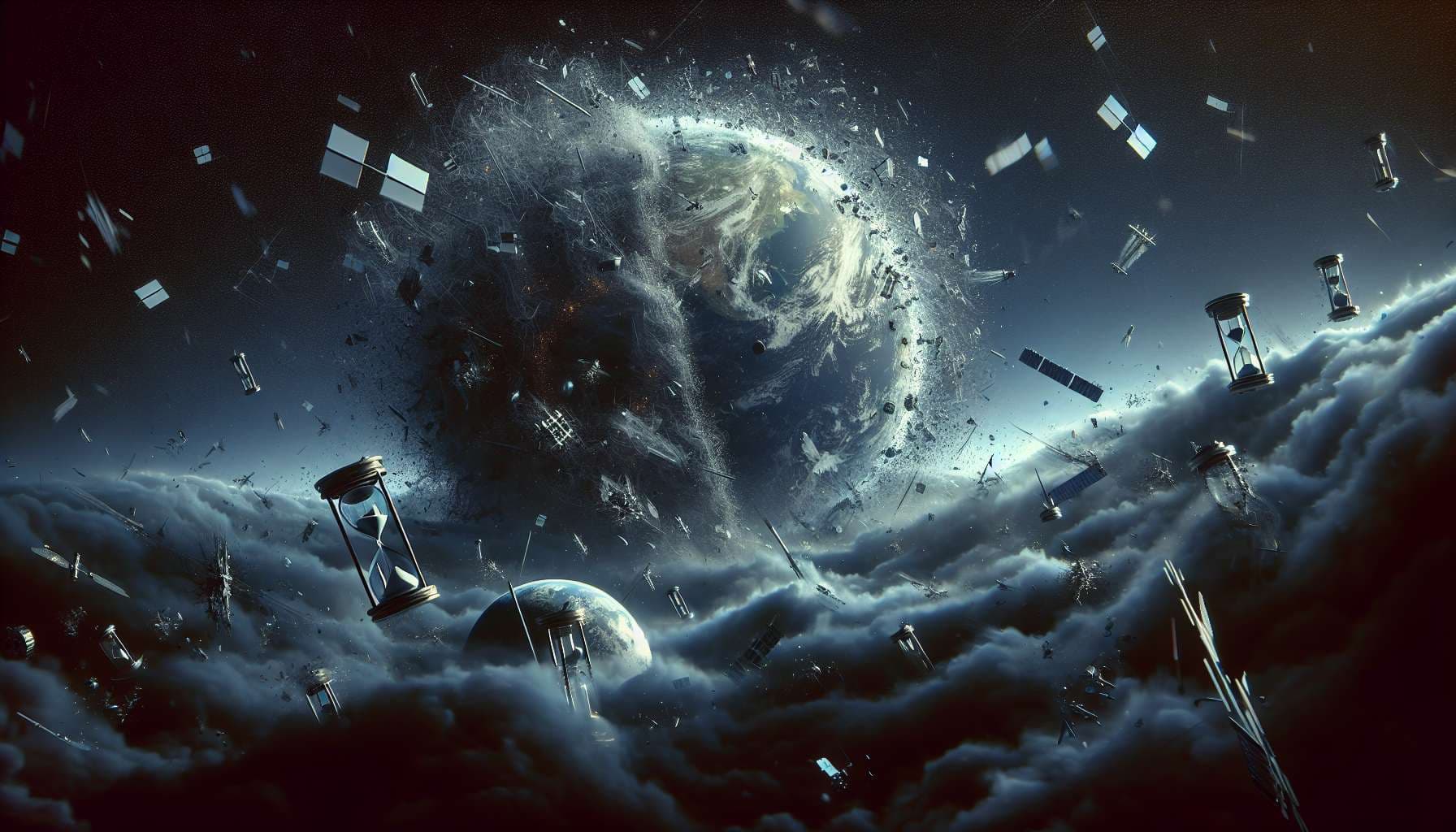
People are also trading
New calculation finds we are close to the Kessler Syndrome:
https://www.youtube.com/watch?v=Bi9EW9xhqAU
What's the definition of cascading? Is the threshold something like two causally linked collision events? According to the researcher who originated Kessler syndrome, we are already in Kessler syndrome. Which is to say, we're already in a regime where cascading orbital debris collisions are causing an exponential increase in orbital debris collisions.
You're correct - exponential growth looks like nothing for a long time.
My thinking when posting was, will we observe debris from collisions in one orbit affecting multiple adjacent orbits, leading to a dramatic increase in the number of collisions that impacts the stability and usability of broad swathes of orbital space?
I'll resolve NA if you think the original question doesn't match this definition.
It's arguable that the last 50 years fits, "a consistent and relatively rapid rise in collision reports and near misses from multiple space agencies and a noticeable increase in the number of debris objects being tracked over time." "Relatively rapid," can fit given the acceleration over time. On the other hand, this is also arguable, since much of this can be attributed to the tremendous increase in launches. However, it's expected that an increase in launches would contribute to Kessler Syndrome.
So a good criterion might be, "Does the acceleration in cascading debris events outstrip the growth in orbital population?" I suspect if someone ran those numbers, this condition is either true, or will become true quite soon!
That works, but would it need a specific period, say three months? Given that SpaceX launch 23 a week, it would be remarkable if a similar number were lost or damaged. I expect launches would be halted and the lost Vs launched ratio would go through the roof.
@CommanderZander the hype around it is some kind of multilevel cascade which would also make things like "new satellites have a 10% chance per year to be struck and significantly damaged" or other human-soacr-economic-activity-affecting change.
After all if people go on shooting more and more rockets full of satellites every year, but the number destroyed is rising but not enough to dramatically halt growth, how bad is it really?
A resolution of YES that it happened even as starlink, sat companies and launches proceed on with minor changes like more maneuverability, protection systems, or detection, would be a sad thing, judging from the doomsayers on YouTube.